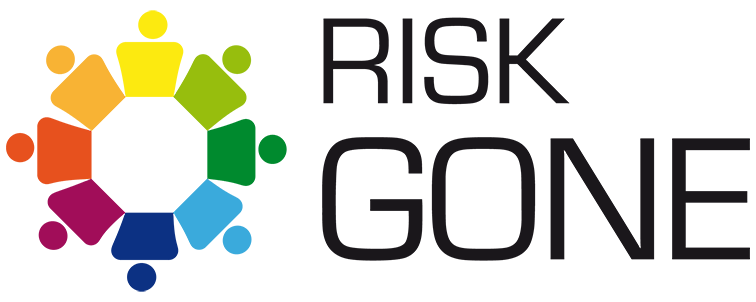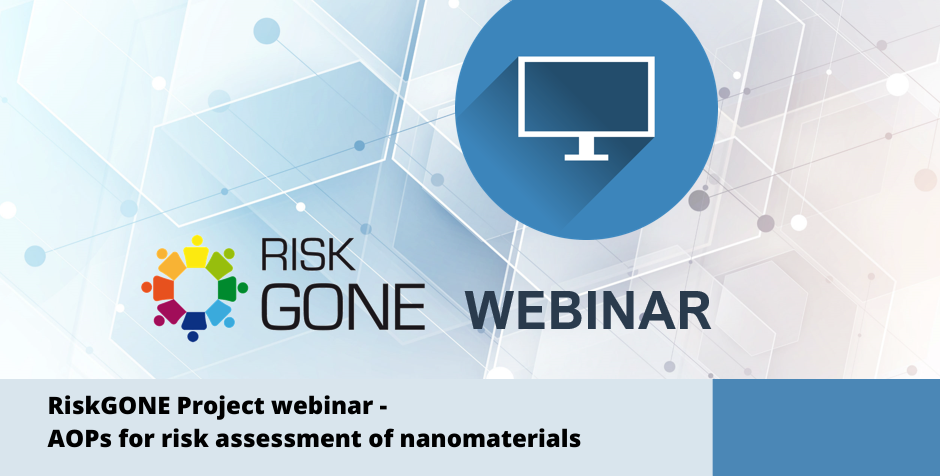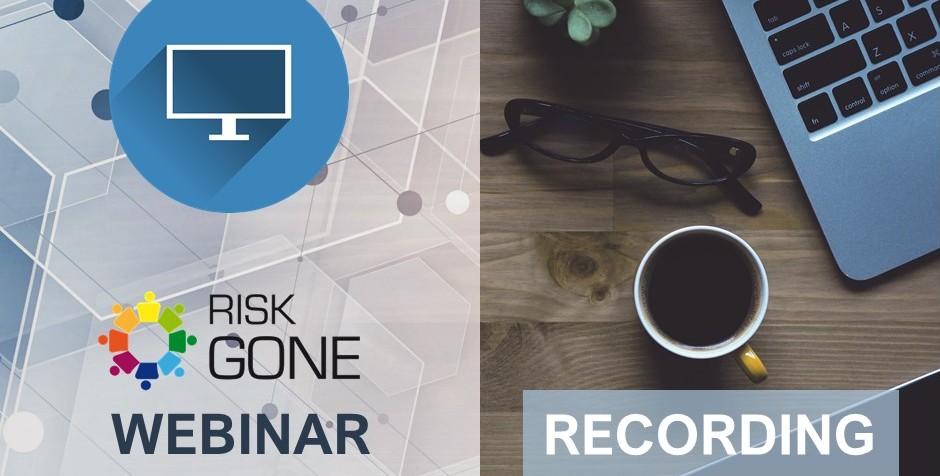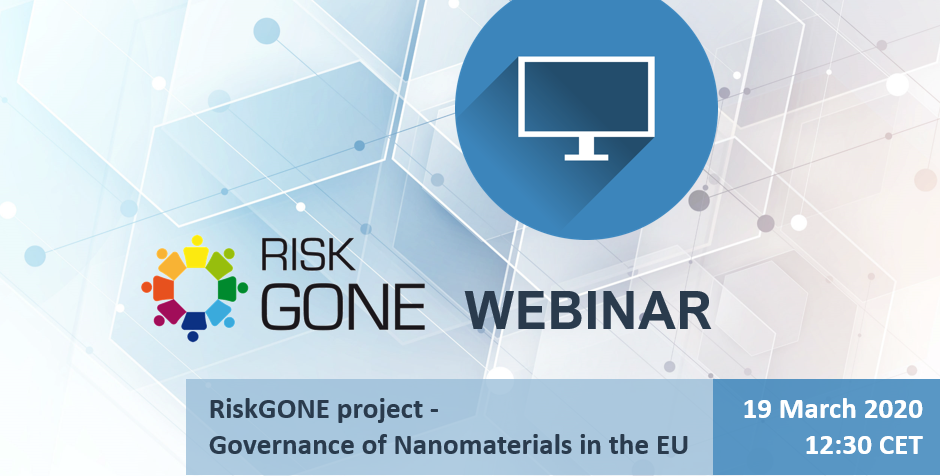Video – Comet assay, step by step
The Norwegian Institute for Air Research (NILU), coordinator of RiskGONE, created a short video showing the main steps in conducting a comet assay, in order to assess the toxicity of nanomaterials.
One of the aims of the RiskGONE project is the verification, optimisation and development of methods for the characterization and human and eco-toxicological hazard assessment of ENMs (engineered nanomaterials). This is done through interlaboratory round robin exercises and training on selected methods. One of these methods is the Comet assay (single cell gel electrophoresis), a simple method used for measuring DNA damage in eukaryotic cells. The method is widely used for detection of strand breaks as well as specific DNA lesions, such as oxidized purines and pyrimidines, and is considered a useful method for genotoxicity testing in vitro as well as in vivo.
NILU provided RiskGONE partners with training on this method at a course that took place in February 2020, and in March 2021, through a practical online course/video learning due to the COVID-related restrictions. The video available below is part of the training material used in this course.
How the Comet Assay works
After exposure to the compound of interest (in this case, ENM), the cells are embedded in agarose on a microscope slide. After treatment with a detergent solution, membranes, cytoplasm, and most of the soluble cell contents are dissolved, and the DNA nucleoids are freed. The nucleoids are then subjected to an electrophoretic field, which makes the negatively charged DNA migrate towards the positive electrode-anode. DNA in the nucleoids is very compact and its movement is limited, but if a break is present in the DNA strands, the DNA loop is free to extend under the electrophoretic field and move towards the anode. When DNA is stained with specific dyes and examined microscopically, images resembling comets are seen; the comet tail consists of loops of DNA that, due to the presence of damage (strand break), have moved out from the nucleoid (comet head). The amount of DNA in the tail reflects the number of breaks in the DNA.
The standard comet assay measures single- and double-strand breaks. A modified version of the assay by inclusion of lesion-specific enzymes can detect specific DNA lesions, such as oxidized purines using formamidopyrimidine DNA glycosylase (Fpg).





